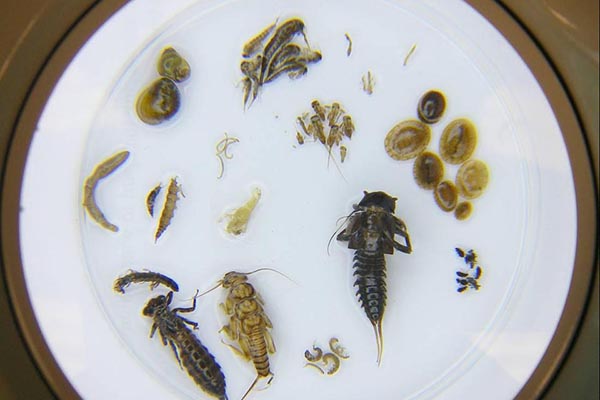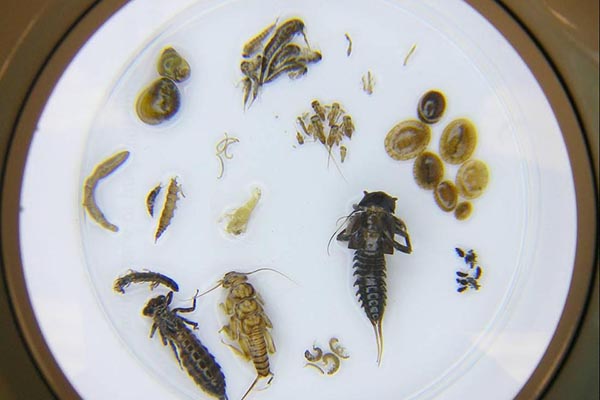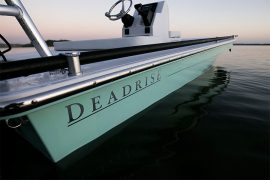
Change is coming, spring is just around the corner, the early bird gets the worm, and you should have been here yesterday. The last throes of winter are a harbinger of things coming soon to a river near you—both on and under the water. Trout fishermen who are in the know keep their eyes open for new items coming on the menu starting in early spring. The term Benthic Macroinvertibrates—while a mouthful to say, represent a crucial concept for trout fishermen to understand. The world of subterranean insects that live in the several feet of saturated rocks and gravel under your boots when you’re wading are what drive stream ecology and trout behavior.
It’s taken me quite a while to wrap my head around the seasonal changes that streams undergo in terms of biology and the strategies to address them—and I’m still learning. Flowing water in winter typically is in the immediate proximity of ice and snow, and not much different than the temperature of that. Even water in lakes under ice is typically warmer than natural winter freestone stream flows, owing to ambient earth temperatures at depth and the insulative factor of a solid overhead surface to protect from frigid overnight temperatures. To a lesser extent, this applies to tail waters below dams as well, though the draw point in the water column from the dam spillway or takeoff pipes can change things dramatically and provide consistent winter activity. Year round feeding is one reason that fish in productive tail waters tend to be larger than fish from freestone biologies.
Water temps in the 30’s, while capable of providing maximum saturation for dissolved oxygen, slows the fish’s cellular metabolism to a crawl and reduces the need to feed. Fish are only minimally motivated to eat, holding in very gentle, shallow lies that require minimal effort to maintain position in, and aren’t inclined to make large expenditures of energy chasing a meal. Insect forms in winter streams are typically limited to hatches of tiny midges, and smaller annelids and crustaceans living in the gravel and rocks under the river that accidentally make their way into the current, which is generally at gentle annual low flows. But in late winter, the rising angle ot the sun into shallow water and the increasing frequency of milder spells of weather drive biological changes in streams.
Once water temperatures reach 40 degrees, however, things start to happen. The warmer environment starts to jump start the mitochondria of the fish, requiring them to be more active in searching out food to supply the increased metabolic stress. At the same time, water temperatures are warming the saturated ecology of the river bottom, signaling dormant insect species living in the gravel that are adapted to slightly warmer conditions to begin making their way to the surface of that environment—he bottom of the river—and to begin seasonal life cycles. One of the first insect species in a trout stream…





